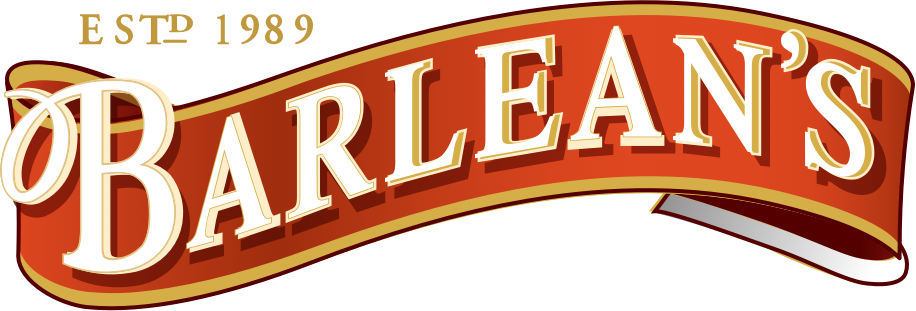CBD FAQ
Ready to learn a little about CBD hemp oil? We took a deep dive into the most common questions people tend to ask about CBD. Check out what we discovered.
WHAT IS CBD?
CBD stands for cannabidiol and is one of over 100 known phytocannabinoids that naturally occur in cannabis plants. It’s also one of the most prolific cannabinoids found in hemp plants. CBD has very low THC – 0.3% or less – which is why CBD doesn’t make people feel high. In fact, CBD can actually counteract the euphoric/high feeling caused by THC. CBD continues to gain popularity as studies reveal its potential benefits for human health.
WHAT IS A CANNABINOID?
Cannabinoids are compounds that activate cannabinoid receptors (CB1 & CB2), including endocannabinoids, phytocannabinoids and synthetic cannabinoids.
WHAT IS A PHYTOCANNABINOID?
“Phyto” means plant – phytocannabinoids are the cannabinoids naturally occurring in plants like hemp. Many plants make cannabinoids, but hemp plants contain particularly large amounts of many cannabinoids, with CBD (cannabidiol) being the most prolific.
WHAT IS AN ENDOCANNABINOID?
“Endo” means within – endocannabinoids are cannabinoids produced naturally by cells in the human body.
What is Hemp?
Hemp, sometimes called industrial or agricultural hemp, comes from the non-psychoactive varieties of Cannabis sativa L, which have 0.3% or less of THC. Hemp is similar to marijuana, in that they come from the same plant family (Cannabis) but are genetically distinct and are different in their use, chemical makeup and cultivation methods. Sort of like lemons and oranges are both citrus fruits.
What is cannabis?
While many people consider cannabis and marijuana to be interchangeable terms, Cannabis is actually a plant family with three different sub-specials, of which marijuana is one: Cannabis sativa, Cannabis indica and Cannabis ruderalis.
WHAT'S THE DIFFERENCE BETWEEN HEMP AND MARIJUANA?
Just as lemons and oranges are both citrus fruits, hemp and marijuana come from the same plant family, but are different in their genetic makeup, use, and cultivation.
Some key differences: Hemp [<0.3% THC, > 20% CBD] Marijuana [>20% THC < 10% CBD]
Hemp contains a negligible amount of THC, but is higher in CBD. It’s used in foods, dietary supplements, skin products, clothing and paper. Marijuana is generally grown to have higher levels of THC, the psychoactive compound that gets you high. Marijuana generally has lower levels of CBD.
IS CBD FROM HEMP AS GOOD AS CBD FROM MARIJUANA?
As far as your body’s concerned, CBD is CBD, regardless of whether it comes from marijuana or hemp as the molecules look the same, just as Vitamin C molecules would look the same extracted from oranges or rosehips. It’s important to keep in mind that hemp and marijuana are different subspecies of the same plant, Cannabis sativa L. A defining characteristic that makes hemp different from marijuana is its low volume of THC (<0.3%).
How CBD Works
WHAT DOES CBD DO IN THE BODY?
CBD works within your body’s endocannabinoid system (ECS). The ECS helps to regulate a variety of processes like eating, sleeping, relaxation, recovery and cognition. It’s like your body’s operating system. CBD acts upon receptors in the ECS as well as limiting the breakdown of anandamide (often called the bliss molecule). In doing so, CBD can help your ECS function at its best.
WHAT IS THE ECS?
The ECS is the endocannabinoid system - think of it like your body's operating system. The human body is self-regulating, so like a tightrope walker, it’s constantly shifting to stay balanced and healthy, a process called homeostasis. One way our bodies maintain homeostasis is via the endocannabinoid system (ECS). It keeps our bodies functioning optimally by adapting to change.
The ECS, sometimes referred to as the “Master Control System,” is made up of receptors on cell membranes that regulate a variety of processes including eating, sleeping, relaxation and cognition. The ECS also assists in the body’s overall recovery and repair. Our bodies naturally produce compounds called endocannabinoids (endo=inside) that bind to those receptors. CBD hemp oil is a plant-based cannabinoid – or phytocannabinoid (phyto=plant) – that acts upon cell receptors in a similar way to help activate the ECS.
WHAT IS ECS TONE?
It's the harmony or balance between CB1 & CB2 receptors and endocannabinoids.
WHAT IS A CB1 RECEPTOR?
CB1 (cannabinoid-1) is a receptor type in the ECS believed to be located primarily in the brain and peripheral nervous system, activated by all types of cannabinoids. CBD signals the body’s natural mechanisms to activate those receptors to do more of what they do naturally.
WHAT IS A CB2 RECEPTOR?
CB2 (cannabinoid-2) is a receptor type in the ECS believed to be located primarily in the peripheral tissues of the immune system, the gastrointestinal system, the peripheral nervous system and to a lesser degree in the central nervous system. CBD signals the body’s natural mechanisms to activate those receptors to do more of what they do naturally.
WHAT THE HECK IS ANANDAMIDE?
Anandamide (AEA) is a neurotransmitter produced in the body. It comes from the Sanskrit word, Ananda, which means “happiness, pleasure, joy and delight" and is often referred to as the bliss molecule.
I KEEP HEARING ABOUT THE BLISS MOLECULE - WHAT IS IT?
Bliss molecule is the fun way of referring to anandamide. Anandamide (AEA) is a neurotransmitter produced in the body that is derived from arachidonic acid. Its name comes from the Sanskrit wordAnanda, which means “happiness, pleasure, joy and delight.” Ever hear of the runner’s high people get from exercise? That's anandamide at work. CBD inhibits an enzyme called fatty acid amide hydrolase (FAAH) that breaks down anandamide. In other words, FAAH is a big killjoy. Since CBD interferes with FAAH’s ability to break down anandamide, it gives our own naturally-produced bliss a longer lifespan.
